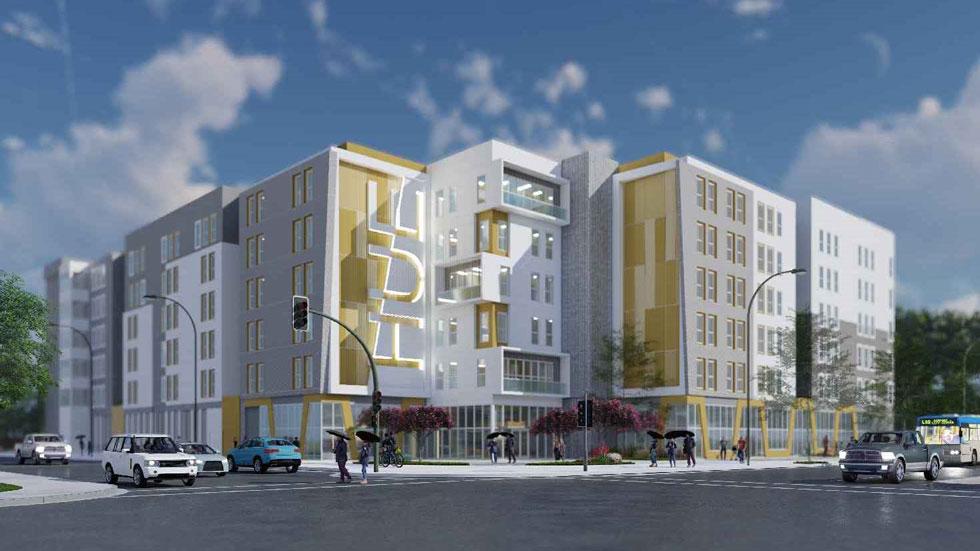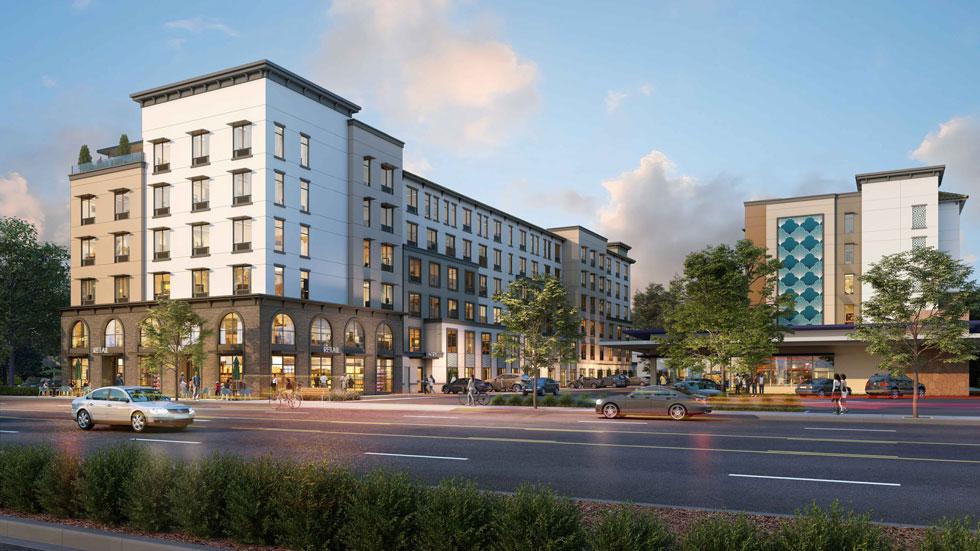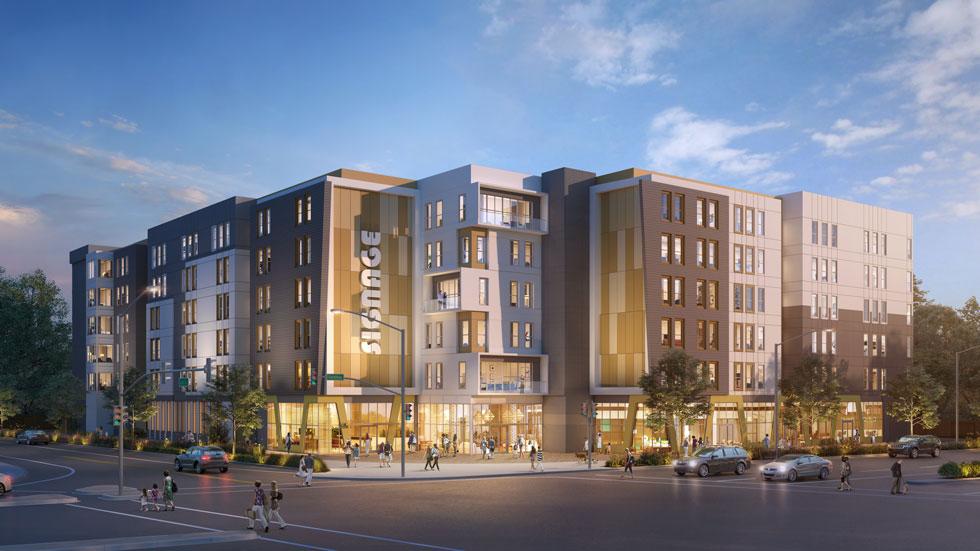
Two or three years from now, when the first residents move into four affordable housing communities in Northern California, they will likely be unaware that they are the beneficiaries of a financing structure that dates to feudal days: a ground lease.
Through its involvement in the development projects, Safehold Inc. (NYSE: SAFE) is proving that today’s ground leases offer a mutually beneficial solution to all types of property owners and, often, their tenants, too.
“Modern ground leases build on the idea that land itself is an asset and that it makes sense to bifurcate the land from the development on top of the land,” says Tim Doherty, chief investment officer of Safehold. “Consistency and simplicity create liquidity, and before we came into the space ground leases were neither.”
Safehold’s concept is to look at land as similar to a corporate bond, Doherty says. “Ground leases can take advantage of land as a valuable asset separate from the real estate development that sits on top of it,” he says.

Since Safehold became a public company seven years ago, their process of making ground leases consistent and simple has led their portfolio to grow from $350 million with 12 assets to $6.5 billion with more than 145 assets. They operate in the top 30 markets in the United States with transactions across all product types. Multifamily assets represent nearly half of their ground lease portfolio, with the rest a mix of hospitality, office, life science, and mixed-use assets.
Ground Leases and Affordable Housing
Safehold’s ground lease structure can be an effective tool for the development or acquisition and rehabilitation of affordable housing.
In July, the REIT closed on ground leases to facilitate the ground-up development of 781 affordable units in San Jose and Concord, California. The projects will be built by The Pacific Companies, an Idaho-based developer of affordable housing throughout the Western U.S.
“Affordable housing financing has always been challenging, but it has become even more challenging in this high interest rate environment,” says Bjorn Doskeland, executive vice president, finance, at The Pacific Companies.
As interest rates rose, The Pacific Companies faced a funding gap that had to be filled.
“We either had to find money from another source or reduce costs, which could impact what we are able to provide to tenants,” Doskeland says. “What Safehold has done for us is provide capital at a lower overall cost of capital than we could get from traditional financing mechanisms.”
Safehold purchases the land and leases it back to the project rather than the project needing to secure a larger permanent loan to purchase the land, Doskeland explains.
“For example, replacing $1 million of a permanent loan that would have otherwise been used to purchase land with a ground lease at an initial cost of capital that is 50 basis points lower could result in an additional $150,000 of upfront proceeds to the project,” Doskeland says. On larger projects, he adds, this can result in millions of dollars used to fill gaps in the budget caused by increasing interest rates and construction costs. “Our favorite thing about Safehold is that they enable us to produce affordable housing using a private, market-based solution, rather than relying on public subsidies.”
Bridging Gaps
There’s tremendous demand for affordable housing, but there’s also a substantial challenge to create supply.
“Affordable housing developers face difficulties in getting deals capitalized and there are gaps in their budgets,” Doherty says. “Our structure can help bridge those gaps. Just like on the market rate side, Safehold’s ground lease provides attractively priced capital to lower the overall cost of capital and ultimately move projects forward.”

The ground lease structure works for ground up development, acquisition, and refinancing in the affordable context just as it does in market rate development, he says.
“We’ve generally focused on larger format 4% Low Income Housing Tax Credit (LIHTC) deals in high cost coastal markets where there’s an acute imbalance of affordability and a real need for attractively priced capital to help developers bridge gaps in their capital structures,” says Steve Wylder, executive vice president, head of investments at Safehold.
“We’ve now closed a number of deals with that profile with a range of tax credit investors, lenders, and developers—and we intend to do more. We’re positioning our capital as a tool for developers and owners and are excited to continue expanding our presence in the affordable space,” he adds.
For example, in 2023 Safehold worked with The Pacific Companies for the ground-up development of 80 Saratoga, a 200-unit community in Santa Clara, California. The LIHTC lender was Bank of America and Citibank was the permanent lender.
“80 Saratoga is in a high cost infill market with tremendous demand for affordable product, and The Pacific Companies is a top tier developer and a firm that’s very innovative,” Wylder says. “We’re educating the market on how our structure works for affordable housing to support acquisition and development pipelines and provide needed housing.”
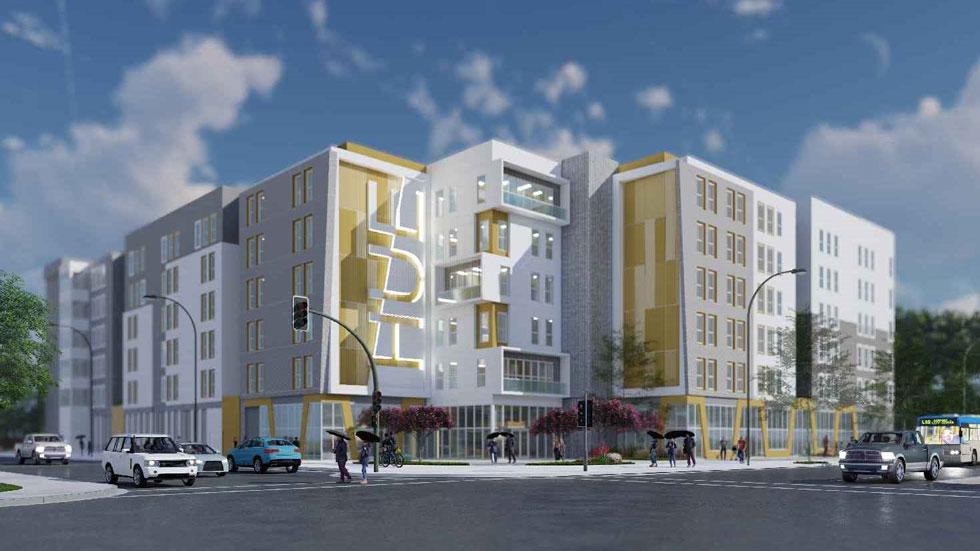
Ultimately Safehold’s structure allows organizations like The Pacific Companies to drive more proceeds as part of the permanent capitalization, Wylder says.
“The main benefit of ground leases is the lower cost of capital, but what makes Safehold unique is the improvement allowance that comes along with their ground lease,” Doskeland says. “We have lots of challenges to face in every one of our projects, such as increasing regulation and high construction costs. The lower cost of capital we get through Safehold is one less battle we have to fight. The bottom line is that the end tenant who lives in our workforce housing will benefit, too.”
While Safehold is excited to expand their activity in affordable housing, they’re also encouraged by the positive feedback they’re getting from their customers, Wylder says.
“The key is this works for all property types and for all owners and developers,” Wylder says. “Affordable housing is just one more area for us, but we’re also proud to be able to make a difference in solving the housing shortage.”
Working with Multiple Players
Doherty explains that Safehold’s ground lease portfolio is location-driven with a focus on infill locations in areas with high growth and high barriers to entry. “Besides location, the other key is that we work with all participants in a deal, not just the developers, but also the banks and lenders.”
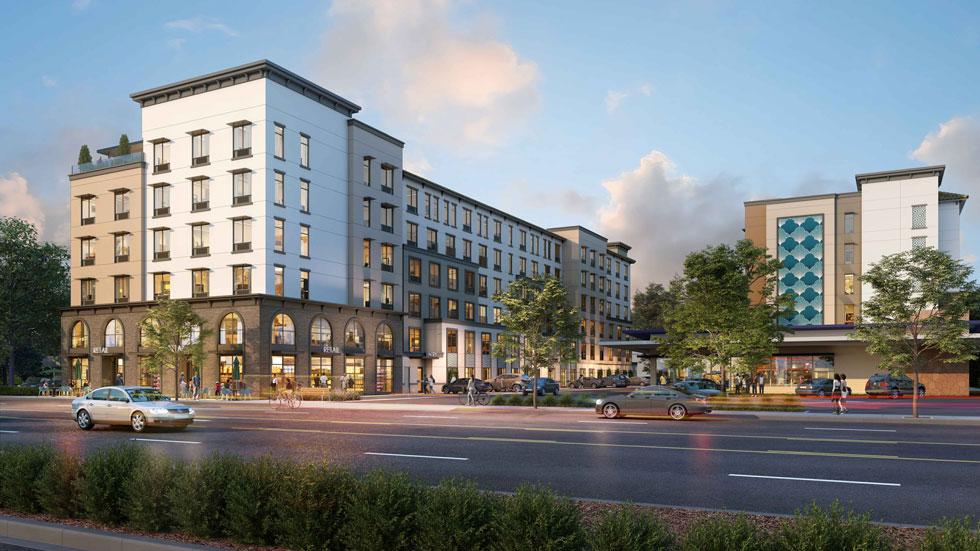
In combination with leasehold financing, developers benefit from a lower blended cost of capital than with traditional financing and have reduced debt and equity requirements. The ground structure works for all phases of a project including acquisition, construction, development, and recapitalization. Now that Safehold has been in business for several years, some of their tenants are refinancing or selling assets at attractive levels, which attests to the liquidity of the ground lease structure, Doherty says.
“A basic tenet of our structure is that it’s a 99-year lease, with fixed rent increases and no fair market value resets or percentage rent provisions,” Wylder says. “That’s what makes it a modern structure – it’s highly financeable and saleable.”
Appeal of Simplicity
While the lease agreement states that the land reverts to the landlord — Safehold in this case — in 99 years, when the lease expires, the reality is that very few assets have the same function after that length of time, Doherty says.
Typically, buildings are either torn down or repurposed during that 99-year span, he says. “The tenants must come to us for change of use approval. For example, after 50 years, the developers may tell us their 50-story building is now rezoned for a 100-story building, so they want to tear it down and build a new building, which is what JP Morgan Chase did in New York City.”
That type of move creates substantial value for the property, Doherty says, so typically the lease is renewed with a new 99-year lease. “We just don’t know how those details will play out over time, so they can’t be written into the lease at the beginning.”
One reason the Safehold ground lease structure has been successful is its simplicity appeals to sponsors and lenders alike. Safehold works with more than 60 lenders.
“Simplicity and predictability create liquidity. Sponsors and lenders don’t know what taxes will be in six years or what insurance premiums will be next year, but they know what the lease payments for the land will be, so it’s very underwritable,” Doherty says. “The structure takes into account all participants in the capital stack, not just the tenants. Our lease gives lenders all the rights they need to ensure their liquidity.”
